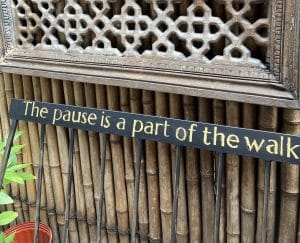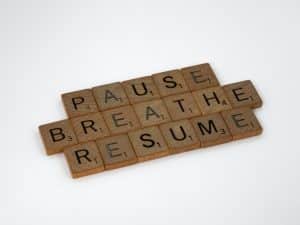
This week, we talked about one of the many curveballs that mindfulness can throw you. Most of the time, we think about mindfulness as a strategy for taking things down a notch internally. It is that, but sometimes we may find that the clarity the practice can give us also serves as a catalyst for engaging with difficulty, injustice, or conflict. It’s a little unexpected – that taking in a little quiet and stillness would also help you find your voice, in a sense. The thing is, when you find it, it might sound a little different than it has in the past. So listen up for this weekend’s mindfulness challenge.
As I said on Wednesday, mindful engagement, or even activism, is grounded in compassion and intention. It’s not reactionary or hyper-emotional. It has a clear vision of what a positive result looks like, and works openly and collaboratively towards producing it. It’s not about venting, insulting or staking out territory. When you are driven by the goal of creating a positive resolution, it’s easier to see those types of approaches as unproductive, even disconnected, from the mission at hand.
It’s not always about the big swings though. Sometimes you have moments that call for amplification, like the #MBAsOpenUp movement I highlighted earlier this week. Other times, you may need all those same tools just to make it though a classroom debate, a difficult brainstorming session or tough negotiation. Heck, you might even need them to get through Sunday dinner with your family. The same frameworks that help you mindfully counter injustice in the world can also equip you to speak and act intentionally in the micro-events of your every day life.
So here’s your mindfulness challenge. This weekend, you’re bound to engage with a person, topic, or situation that makes you feel a strong sense of disagreement, or maybe even tips you off to some unfairness or sense of injustice. When you do, take a breath and then, ask yourself:
- What am I feeling right now? (emotionally)
- How do I think this other person/group/side is feeling right now? (their emotions, not opinions)
- What is the outcome I’d like to see occur here?
- Does this outcome benefit the greater good as I see it?
- Can I do or so anything right now that could potentially move the conversation forward?
This last question is important because it’s where your analysis ends and a decision begins. Will speaking up or taking action be helpful, or just feel good as an outlet for you? The former is productive, whereas the latter may not be. When you are focused on resolution, it may be easier to stay positive and keep things from going off the rails if emotions get too charged.
Facing discomfort in the form of opposing views head-on is never easy, as we’ve discussed before. Mindfulness can help you keep your wits about you long enough to see the other side a bit more clearly, meet them where they are, and perhaps even move both of you forward. Agreeing to disagree is the beginning of the conversation, not the end of it. But you’ll never get that far if you don’t start by finding your breath, recognizing your discomfort, and understanding that the only way past it is through it.
Just because it’s a “no-fail” challenge doesn’t mean it’s going to be easy. But like any mindfulness exercise, the effort is the practice. All you need to do to be successful is try. Notice your reactions. Take a breath. Decide what you want to come next. Choose to engage when you know it can be helpful, and do so with the courage and confidence of someone who speaks from the heart and acts with the integrity of a mindful and positive intention.
Photo credit: Ryan Tauss




1 thought on ““No-Fail” Friday: Conflicting views”
Pingback: No-Fail Friday: Conflicting views – Gotta be a Believer to Believe!